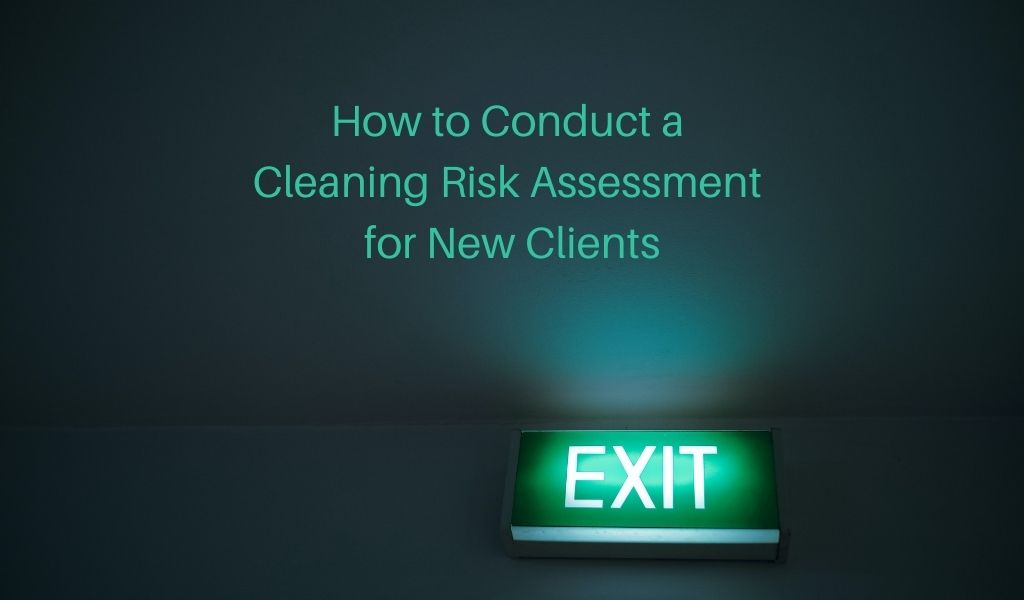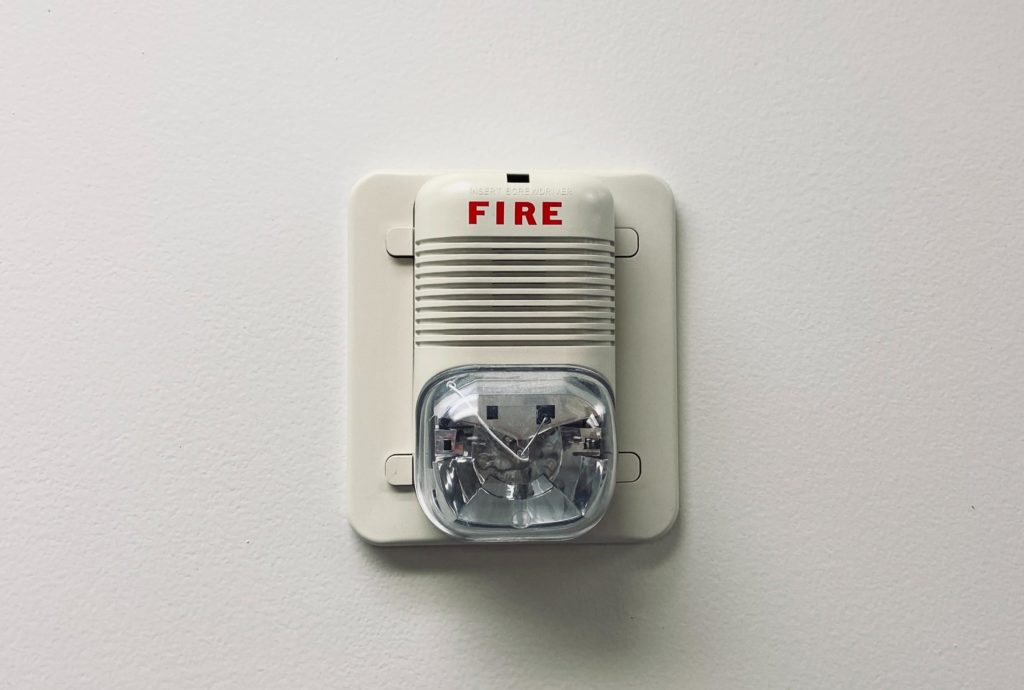A cleaning risk assessment is an essential part of keeping you and your team safe when you begin working with a new client.
Whether we realize it or not, we make risk assessments all the time. The consequences of some may be significant. Can I risk climbing Mount Rainier without any alpine climbing experience or preparedness? That’s a really bad idea. By contrast, without a cleaning risk assessment, the impact of the hazards you and your team face might not be so clear.
While you may not be climbing a mountain of glaciers and facing unpredictable and deadly weather, you do have something in common with those who do. You both need to look closely at what dangers may be in store and figure out what to do about them. With every new client you contract with, there are a lot of unknowns. There are opportunities for your team to encounter faulty electrical outlets, caustic chemicals, unstable ladders and stepladders, loose carpeting, and more.
A cleaning risk assessment can help you and your team avoid walking into the unknown. And you can even do it when you do your walkthrough.
Revolutionize your commercial cleaning processes and practices with Janitorial Manager. Get your free demo today to discover how easy it can be to run your business!
Your guide to conducting a cleaning risk assessment that keeps everyone safe
We all know that the companies and businesses that hire commercial cleaning teams should have OSHA standards in place and be able to pass general safety checks. We also know this is not always the reality. That means it’s up to you to ensure the safety of your team.
A cleaning risk assessment, in conjunction with your walkthrough or as a separate endeavor, will give you the information you need to keep everyone safe. So what does this look like? There’s more than one way to go through the process, but it might be easiest to begin with the big picture and work your way down to the details.
Begin outside. How will your team get into the building? Look at whether they will need to carry equipment up stairs or cross busy roads from a parking lot into a facility. Check the path to look for loose stones or broken concrete, or mud. Check the lighting to see if the entrance is well-lit.
Look at security. It’s not uncommon for cleaning staff to work alone or after a business has closed. Is there security or any other help nearby if they have a problem or emergency? Will your team need to sign in and out? These are important things to consider.
Fire alarm and exit strategy. Make sure the facility has working fire alarms, a sprinkler system, regularly-inspected fire extinguishers, emergency lighting, and fire escape routes. At a minimum, they should have fire alarms and extinguishers.
Chemical safety. If the facility supplies the cleaning chemicals you use or provides a place to store supplies that you provide, is that secure? Do they have other chemicals in use that may be dangerous if mixed with your chemicals? You know bleach and ammonia don’t mix, but what happens when your client bleaches a surface without telling you, and you follow with an ammonia-based cleaner? One other thing to note here is that if you use cleaning products supplied by your client, be sure the safety information is readily available.
Equipment safety. We’ll assume here that if you use your own equipment, it is well-maintained and cared for, right? But what if you use equipment that your client provides? This could be anything from electric floor buffers to old-fashioned mop buckets. If it’s not in good shape, any of the equipment you use could warrant a red flag on your cleaning risk assessment. Things to check for could include the integrity of electrical cords, how well the wheels on mop buckets move, the overall condition of the equipment, damaged electrical outlets, access to outlets, and so on.
Height safety. If anyone on your team will need to reach surfaces, change filters, clean windows, or anything else that is otherwise out of their reach, ensure there are adequate ladders or stepladders and that they are in good shape and secure.
Slip and fall safety. We know that working as commercial cleaners, it’s impossible to escape wet floors and slippery surfaces. Aside from that, however, there are many potential avenues for people on your team to encounter these safety concerns. Low lighting, uneven flooring, or torn carpeting are just some of the things to look for.
General hazards. Depending on the client, your team could be working around dangerous equipment or machinery, such as fryers or hot ovens in a restaurant, forklifts in a warehouse, or needles and bodily fluids in a medical setting. You may also come across environmental hazards like asbestos, hot or cold temperatures, or a facility that plays terrible music on their Muzak system (just kidding on that one).
Next steps
Now that you have a cleaning risk assessment, what do you do with it? Obviously, you can’t turn away every client with a few safety hazards, or you wouldn’t have any business. In most cases, looking for these risks is just a matter of awareness or making a few small changes. If a facility, for some reason, insists that you use their floor buffer with the frayed electrical cord, that might be a situation where you decline the contract.
For the most part, however, there are easy fixes to safety issues. Leave more lights on, put out “wet floor” signs, get a new step ladder, buy a new fire extinguisher. The point with a cleaning risk assessment is that you and your team know what to expect.
Find the hazards, communicate them to your team, and make sure there’s an easy way for them to share any additional hazards they find. (Self-promo alert: our JM Connect app and the Scan2Clean janitorial QR codes make this exceptionally simple.)
Increase the efficiency of your team, reduce your costs, and improve results. With Janitorial Manager, all this and more isn’t just a dream, it’s your new reality. Contact us for a free demo right now and see how it works!


